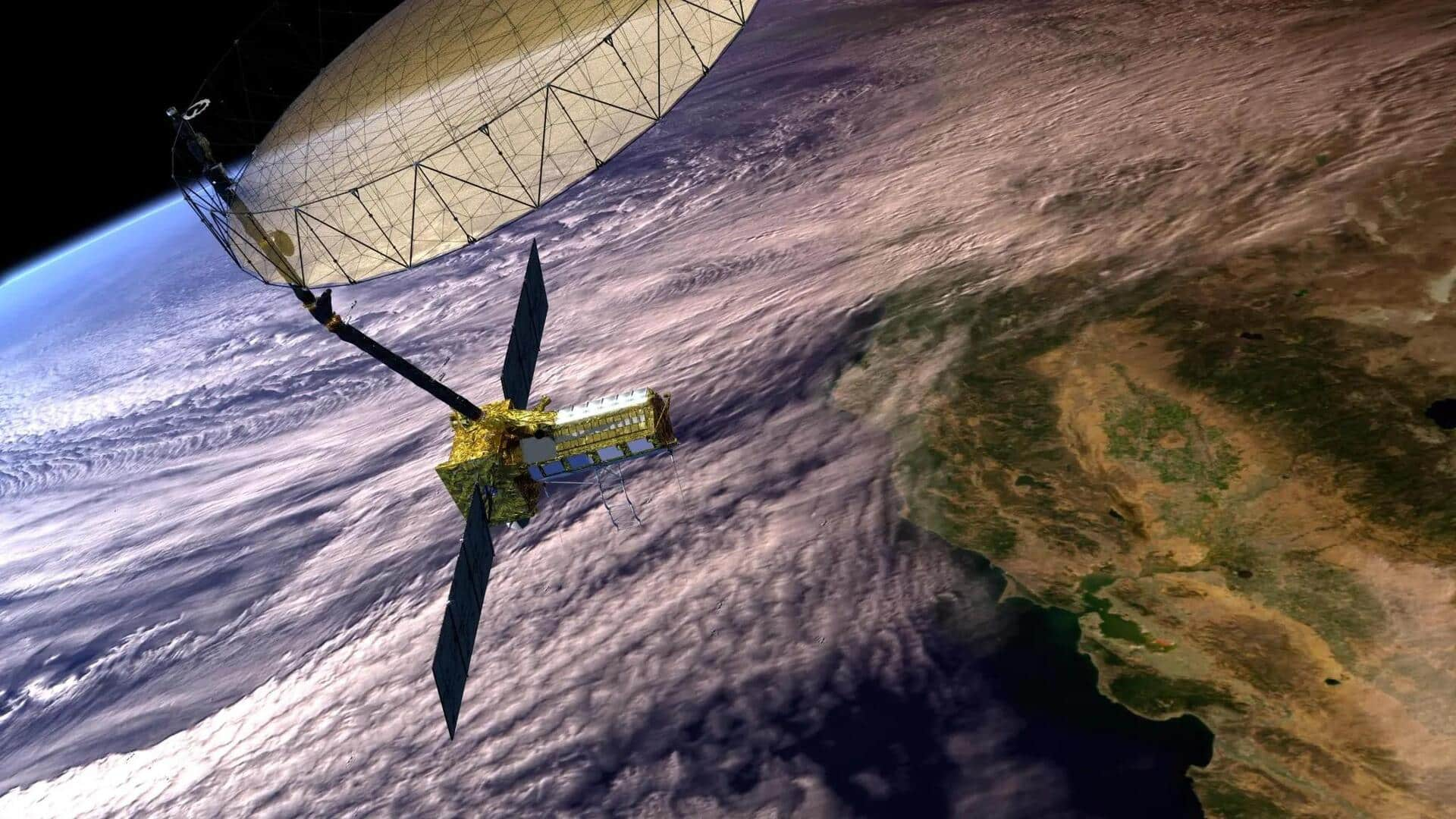
ISRO gears up for NISAR launch—What are the mission objectives?
What's the story
The Indian Space Research Organisation (ISRO) is putting the final touches on the NASA-ISRO Synthetic Aperture Radar (NISAR) mission. Although it was originally slated for a 2024 launch, technical difficulties have pushed the project back. These issues included overheating problems with the satellite's 12m radar antenna reflector, which was sent back to NASA's Jet Propulsion Laboratory (JPL) for a reflective coating upgrade to mitigate temperature concerns during deployment.
Integration process
NISAR satellite fully integrated at ISRO's Bengaluru facility
After extensive retesting, the NISAR satellite was fully integrated at ISRO's Bengaluru facility by October 2024. The critical hardware was flown to India on NASA's C-130 aircraft in a multi-leg journey, with final assembly completed by January 2025. The spacecraft has now been moved to the Satish Dhawan Space Center (SDSC) in Sriharikota for pre-launch checks.
Launch preparations
Launch window for the mission
After months of delays and technical challenges, ISRO is planning to launch NISAR mission in June. The second stage of the Geosynchronous Satellite Launch Vehicle (GSLV) Mark II was dispatched to Sriharikota on April 26, showing that advanced launch campaign activities are underway. The GSLV is now at SDSC, and payload integration is currently underway.
Mission impact
NISAR: A game-changer for Earth observation
The NISAR mission will employ dual-band radar (L-band and S-band) to scan Earth's surface every 12 days, detecting sub-centimeter changes in landforms, ice sheets, and ecosystems. The high-resolution data from this mission will prove invaluable for disaster management, climate research, and infrastructure monitoring. "NISAR will measure Earth's surface changes weekly, with each pixel covering half a tennis court," said NASA JPL project scientist Paul Rosen.
Global impact
Mission strengthens Indo-US space collaboration
The NISAR mission not only strengthens Indo-US space collaboration but also establishes ISRO as a key player in global Earth science efforts. If successful, the data generated from this mission could change the way we understand crustal deformations, glacier dynamics, and carbon cycle fluctuations. With one of 2025's most anticipated space missions on the horizon, ISRO is set to make major contributions to global Earth science research.